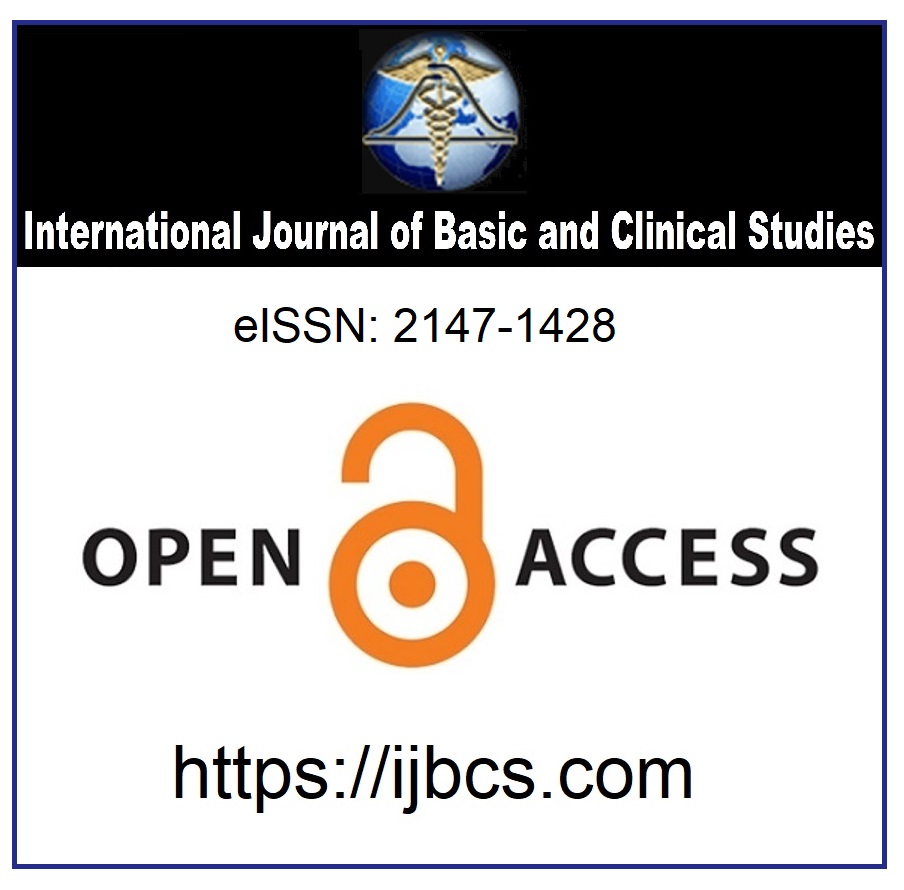The Relationship Between Healthy Lifestyle Behaviors and Quality of Life in Adolescents
Keywords:
Adolescent, depression, anxiety, lifestyle, health, health related quality of lifeAbstract
Purpose: The foundation for healthy lifestyle behaviors in adulthood begins in childhood and adolescence. Unhealthy lifestyle behaviors are associated with the development of chronic diseases in later life. The purpose of this study was to assess the relationships between healthy lifestyle behaviors and health related quality of life (HRQOL) in adolescents.
Material and methods: A descriptive correlational design was used for this study. The Physical Therapy and Rehabilitation Department students from the Kırıkkale University were recruited to the study (N = 173). Socio-demographic variables were recorded. Participants completed the Turkish version of the Health Promotion Lifestyle Profile (HPLP) that assessed healthy lifestyle behaviors, and the Short form-36. Pearson’s r correlations were conducted to test relationships among the study variables. The HPLP measures how frequently respondents engaged in 48 health promoting behaviors. The four-point response format to each item (1 = never and 4 = routinely) measures the respondent’s self-reported health promoting behaviors with higher scores indicating more frequent performance of the health promoting behaviors. The lowest total score is 48 and the highest 192. The items are categorized into six subscales: self-actualization, health responsibility, exercise, nutrition, interpersonal support, stress management.
Results: We determined significant correlations existed between total Health Promotion Lifestyle Profile score and other subscale scores of Short Form-36, except for the bodily pain (p<0.05).
Discussion: The health-promoting behaviors have positive relationships with most of the HRQOL dimensions. So, interventions to promote positive lifestyle changes can have the potential to improve the HRQOL in adolescents.
Downloads
Published
How to Cite
Issue
Section
License
Copyright (c) 2015 By the Authors.

This work is licensed under a Creative Commons Attribution 4.0 International License.



